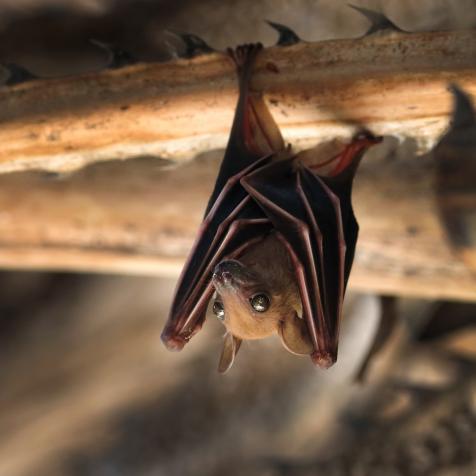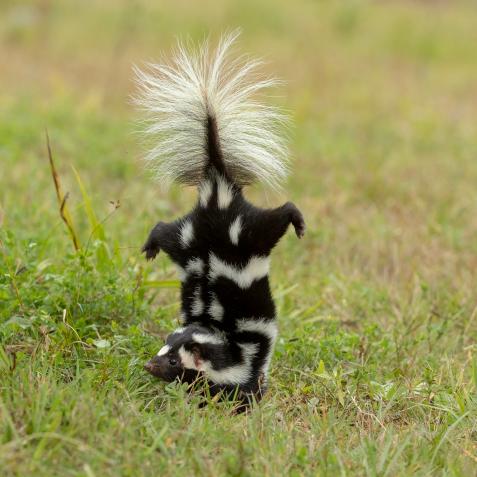
Believed-Extinct Rio Apaporis Caiman Rediscovered
The believed-extinct Rio Apaporis caiman (Caiman crocodilus apaporiensis) has been captured by Forrest Galante, wildlife biologist and host of Animal Planet’s EXTINCT OR ALIVE, and team, making history once again.
The caiman species, native to the FARC rebel-controlled Colombian Amazon rainforest, is a crocodilian that has been believed to be extinct since the 1980s. With a unique elongated snout and light-yellow skin, this crocodilian looks unlike any other in the world.
Galante and his dedicated crew embarked on a journey into the heart of a drug-controlled jungle, through harsh and lawless lands in hope of finding the Rio Apaprois caiman. “It’s a bizarre circumstance to be in a place where guerilla warfare has resulted in the protection of an ecosystem,” Galante remarked. Thanks to careful planning, great timing, and relentless perseverance, the team became the first westerners in over 30 years to set foot in this land and come back alive.
“Finding not just one, but a thriving population of Rio Apaporis caiman, in an area that we we’re told was completely inaccessible to westerners—going against the odds and danger after years of research and planning—was a flurry of emotions, the strongest of which was massive excitement followed by sincere encouragement,” Galante said.
Galante collected a number of genetic samples from living Rio Apaporis caimans on the expedition. Analysis of the samples, confirmed that the caiman Galante and team discovered are, in fact, the Rio Apaporis caiman.
The data not only confirmed the caiman’s identity, but it also met the criteria to describe a whole new species that has a unique evolutionary lineage dating back up to 7 million years.
A Colombian scientist named Sergio Balaguera-Reina has also discovered the caiman and published a paper on it this year. “The ongoing conservation work by an in-country scientist like Sergio is the best news of all,” Galante added.
See Galante and team make this massive discovery on EXTINCT OR ALIVE, airing on December 4 at 9P on Animal Planet or Animal Planet GO.


















